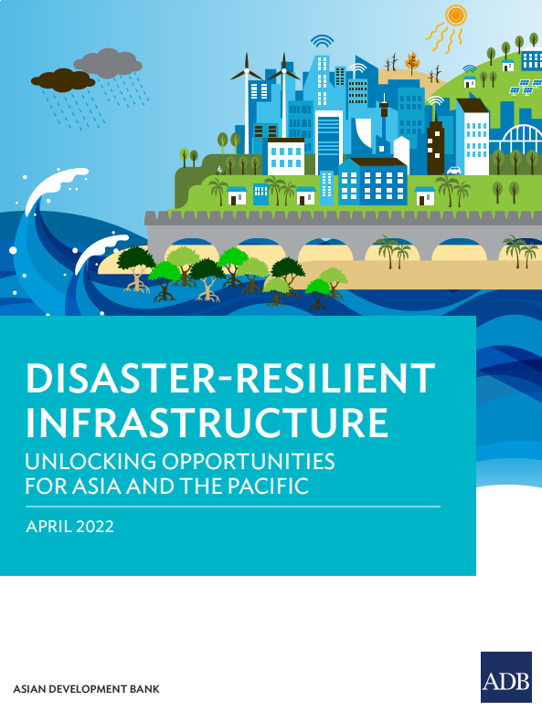Kami menggunakan cookies untuk membuat pengalaman Anda lebih baik. Untuk mematuhi petunjuk e-Pribadi yang baru, kami perlu meminta persetujuan Anda untuk menyetel cookies. Pelajari lebih lanjut .
Disaster-Resilient Infrastructure Unlocking Opportunities For Asia And The Pacific
Resilience is a critical challenge for developing Asia, where exposure to climate and geophysical hazards is widespread. Between 2004 and 2020, disasters caused losses of over $500 billion in the region, and affected 2.1 billion people (Sirivunnabood and Alwarritzi 2020). The risk posed by natural hazards is expected to intensify in the coming decades as economies grow, urbanize, and grapple with climate change. Resilience planning, including measures taken to reduce, transfer, and manage climate and disaster risk, will be of vital importance to developing Asia as it strives to sustain economic development and reduce poverty
Resilience is a critical challenge for developing Asia, where exposure to climate and geophysical hazards is widespread. Between 2004 and 2020, disasters caused losses of over $500 billion in the region, and affected 2.1 billion people (Sirivunnabood and Alwarritzi 2020). The risk posed by natural hazards is expected to intensify in the coming decades as economies grow, urbanize, and grapple with climate change. Resilience planning, including measures taken to reduce, transfer, and manage climate and disaster risk, will be of vital importance to developing Asia as it strives to sustain economic development and reduce poverty

